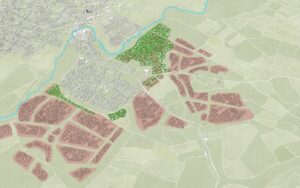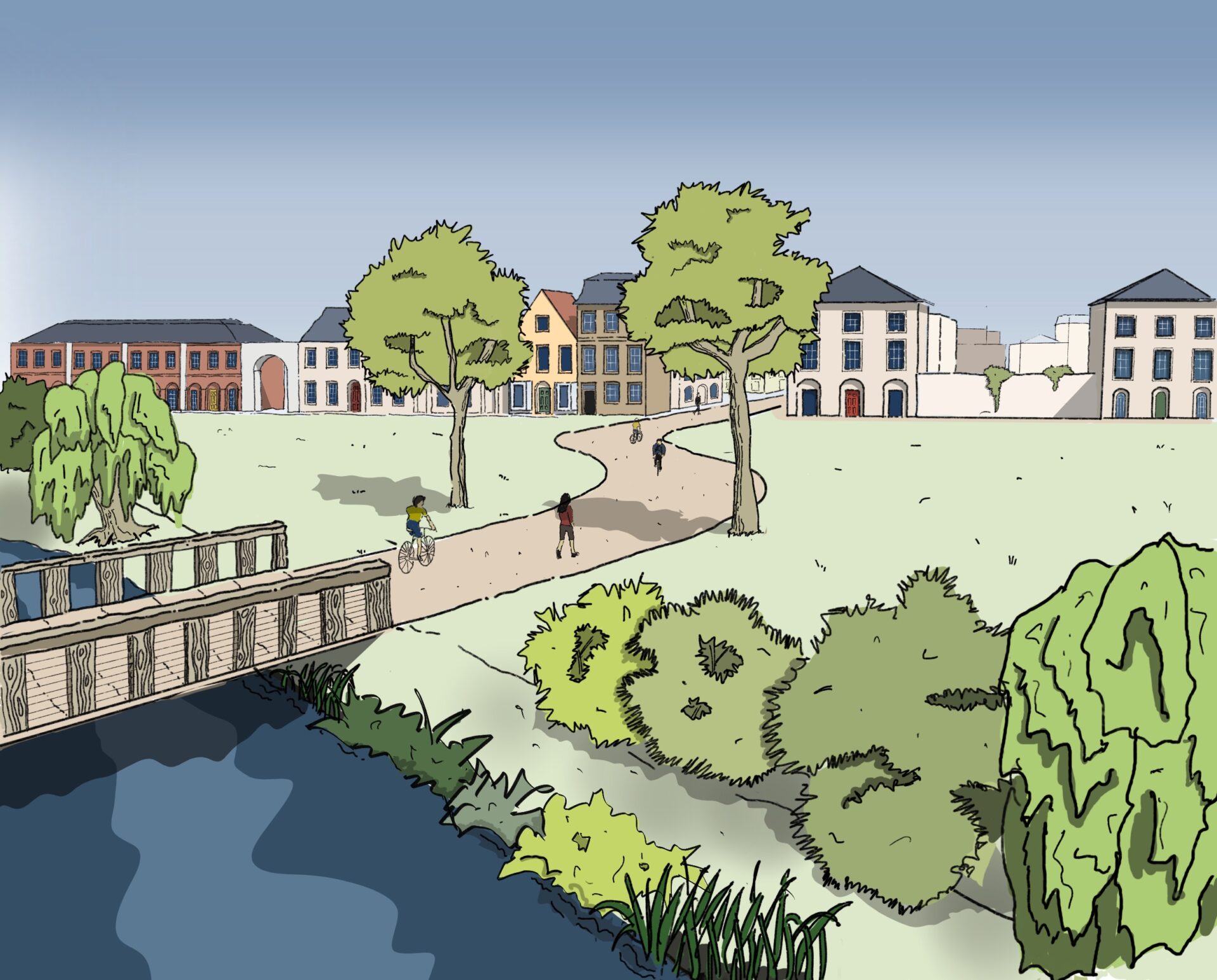News
Townbuilding in Wales – Getting Growth on the Rails

What if new homes came with a tram stop instead of a traffic jam? In 2026, as the first phase of the South Wales Metro, the first tram-trains will run on the ambitious Core Valley Lines upgrade, 105 miles of electrified track, 40 upgraded stations, and trains every 15 minutes at most stops. This will bring frequent, reliable transport to communities across South Wales.
Urban designers often dream of new Metroland-style suburbs where residents can choose how they travel. The reality, however, is far more limited: in most places in the UK, even an hourly bus is a bridge too far. In Wales, much of the groundwork has already been laid. Thanks to its early embrace in national planning policy of vision-led planning, the country is poised to unlock a new generation of beautiful, thriving communities along the Core Valley Lines and South Wales Metro. By focusing growth around public transport rather than road-building, we can deliver new homes while safeguarding the countryside that makes Wales so distinctive.
The same principles transforming transport in South Wales can also reshape how we build homes elsewhere in Wales and the UK. In Chippenham, we at Create Streets tackled the problem from the other direction. A 7,500-home, road-led extension was reimagined as a compact, walkable neighbourhood built on ‘gentle density’ and sustainable transport. By reallocating the original £75 million road budget into better buses, rail upgrades, high street improvements, and support for new shops and local jobs, the revised plan saved 230 hectares of countryside, cut 12,000 daily car trips, and dramatically boosted walking, cycling, and access to green space, according to dedicated transport modelling.

‘Gentle density’ means low- to mid-rise homes arranged in walkable, human-scaled streets, something between sprawling suburbia and tower blocks. These homes are integrated with high-frequency transport options and well-planned green spaces. With stations on the South Wales Metro as focal points, such new neighbourhoods could provide thousands of new homes with smaller land-take, maximising access to jobs, schools, and amenities without generating excessive traffic.
The principle of gentle density is supported in national planning policy (Future Wales: The National Plan 2040) and the Placemaking Wales Charter, with supporting guidance on building at a higher density in the Placemaking Guide. By embracing gentle density, Wales can grow in a more beautiful and sustainable way.
New towns or extensions, such as those mooted in areas like Pontyclun, Llantrisant, or beyond the existing Cardiff commuter belt, can use this approach to avoid the pitfalls of isolated, road-led development. Instead of pouring millions into new bypasses and roundabouts, investment could go to bus lanes, bike networks, car clubs, and thriving local centres.
Furthermore, intensifying development near underused rail stations, like those in the Heads of the Valleys region, could reinvigorate towns long overlooked. This aligns with the Burns Commission recommendations following the cancellation of the M4 Relief Road, which champions public transport over tarmac.
The planning policy context in Wales gives local authorities the tools to shape places around how people actually want to live – walkable, connected, and full of life. Wales is uniquely placed to embed this vision-led model. The challenge now is delivery and political courage. If met, the prize is a Wales of thriving, growing towns, affordable homes, and a future built not for traffic, but for people.


